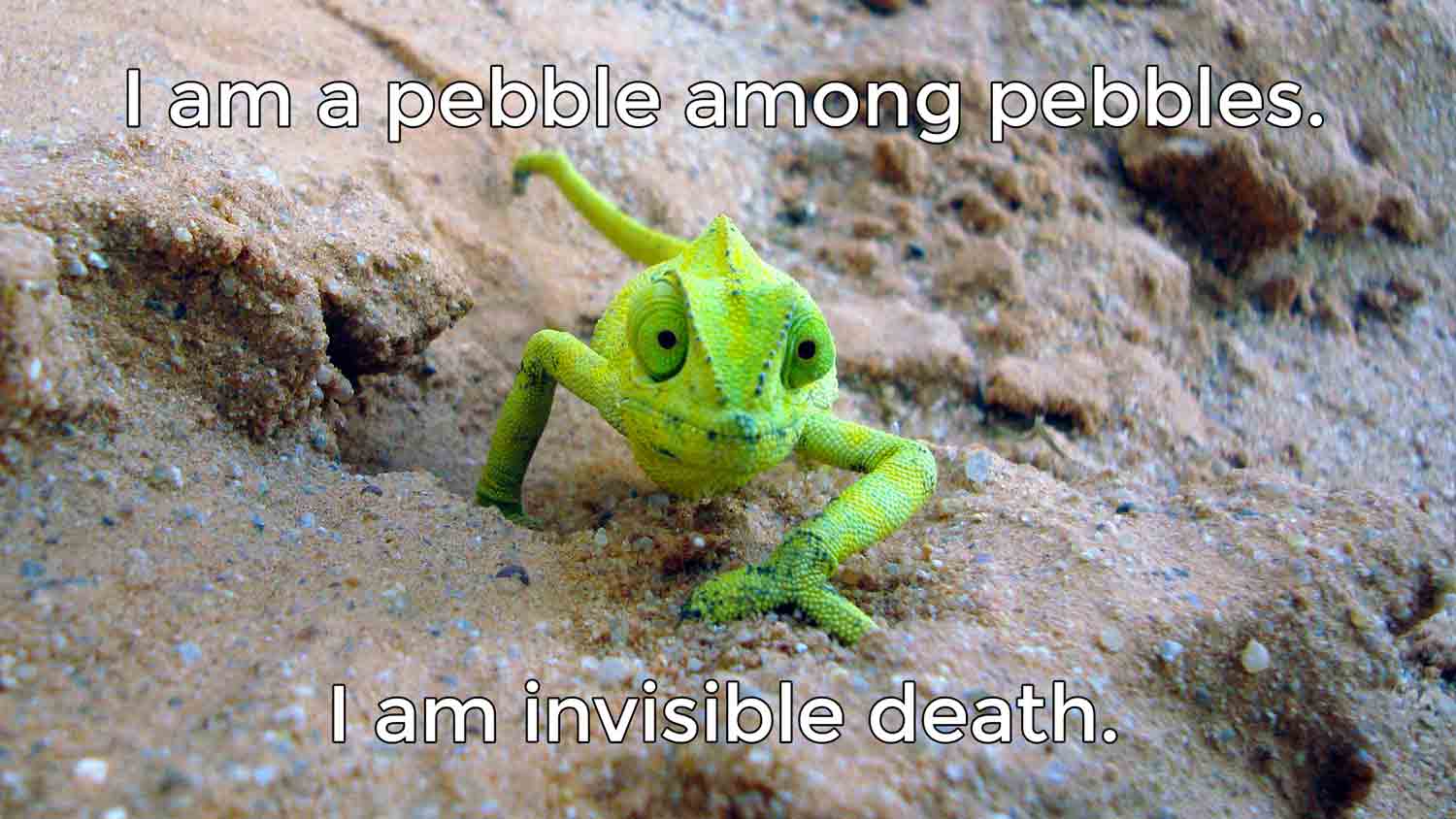"Evolve or Die"
This was the terrifyingly binary challenge Joe Sullivan, CEO of Market Insights delivered to a group of banking execs last Friday at the N.J. Bankers Association G.R.O.W.T.H conference organized by MoSA. Even with many moments of levity throughout the day, there was no escaping the seriousness of the challenges faced by those in attendance.
Joe shared some statistics that would make less-intrepid bank executives contemplate a career change. But the bank execs in attendance were open to facing the daunting facts, such as:
-
Small banks are dying out. Between 2001 and 2013, the number of large banks grew by 29% while small banks shrank by 24% (from 8,263 to 6,279) (Source: Mercatus Center at George Mason University (c) April 2014 The Financial Brand). Squeezed profit margins, declining fee income, the need to invest in ever advancing mobile and ATM technology, branch upgrades, and comply with new regulations all contributed to their demise.
-
Consumer behavior is shifting and the future role of the branch is in question. In 2006, the most common reason customers visited a branch was to deposit funds. In 2014, the most likely reason a customer is in the branch is to resolve an issue. This means the customers' needs and expectations from the bank's employees are more demanding and higher than ever.
-
Trusted non-traditional entities are now in the consideration set for consumers' banking needs. 50% of consumers would consider banking with Square, 41% with PayPal and 31% with T-Mobile (Source: Accenture (c) June 2014 The Financial Brand). Brands they trust for other personal needs would be likely contenders for taking care of their financial needs as well. Customer loyalty and customer retention are at risk.
So, how do you evolve in an ever changing banking world? Here are some suggestions that come to mind:
- You could check what Wells Fargo is doing, and borrow from their strategy.
- You could redesign all of your branches to look like Apple stores.
- You could openly share customer reviews, and ask for more.
- Maybe you could rebrand yourselves as UberBank?
Or, better yet, ignore those suggestions.
All joking aside, we believe that mimicry is a far cry from adapting to and overcoming the circumstances you face. Copying big banks (or strong brands in other industries) won't guarantee your survival.

To adapt your bank, you need advanced awareness of your environment, so you can build a customer experience that can survive in it. In the consumer and commercial banking space, the surrounding environment consists of the market, as well as your bank's present and future customers. You should start your customer experience improvement by:
-
Building a complete and deep understanding of your customer base.
-
Committing to a group (or groups) of consumers to deliver value to, and who also can provide value for you. (This, after all, is the true definition of customer centricity).
-
Adapting your current customer experience to reinforce the positives, fix the negatives, and innovate around needs. By doing so, you can deliver the best customer experience to the right customers every time.
Wows and Woes Study
If you haven't yet defined your niche, you are likely headed for extinction. Because others are moving fast to define and claim their space. One way to jump start your growth efforts is to conduct a Wows and Woes customer survey. This strategic survey assessment captures the voice of the customer and provides answers to four questions that are fundamental to your future:
1. Who are our customers?
If you close your eyes and imagine your customers, what do you see? The more specific you can get, the better. For example:
- Are they busy working parents who think about money when insomnia hits and the family sleeps?
- Are they affluent retirees who want help with investment choices and their golf swing?
- Are they novice entrepreneurs learning how to manage cash flow, receivables and payroll?
- Are they recent college graduates committed to finding businesses that explicitly align with their own values like sustainability, community, transparency, and purpose?
Of course, it's likely that a few customer segments will emerge from a Wows and Woes study. When that happens, you need to be brave enough to commit to one segment (or very few of them) that you can succeed with and who will, in turn, commit to you. And of course, your strategy needs to ensure that the segments you focus on are large enough to justify the decision.
2. What aspects of our current customer experience do they appreciate?
A well designed Wows and Woes study will go on to help you identify the aspects of your current experience that resonate. Those aspects will be what you market and reinforce to current and future customers. When thinking about your current customers:
- Do they appreciate the ease and access to you mobile banking and personal financial management tools?
- Do they value the guidance and advice they receive from their personal banker?
- Do they rave about your extended branch hours?
- Do they tweet about your investment in the community with pride?
If you ask them, perhaps your customers will identify multiple aspects that you can use as a foundation for building into the future.

3. What do we do or not do that causes frustration, dissatisfaction, or disloyalty?
Next, you need to turn to uncover your risk factors. What elements (or missing features) of your current experience are causing customers to leave, or stopping others from joining? For example:
- When they come into a branch, are they disappointed by the lack of knowledge of your branch staff?
- Is the turnover in your banker and manager population interfering with relationship building?
- Are your lending terms so stringent customers are forced to go elsewhere?
- Are you using too much dense language or fine print to appear transparent and honest?
You can also check out our prior post, 3 Moments that Can Make or Break a Banking Customer Experience, for more on potential failures in the banking customer experience.
4. What can we do, that no one else can, to better serve the needs of this segment or segments?
Having an intimate understanding of your customers and their needs opens a path toward innovation. By focusing on the person—their situation, needs, concerns—you'll find that opportunities to innovate are wide open. For example:
- If your customers are parents, who are losing sleep over their finances but are too busy to manage them, then focus on easing their worry. For example, at the beginning of each year, or as part of the on-boarding process, you might arrange video chats with personal bankers at times dictated by the customer.
- If your customers are values-driven millennials, who care about their community and giving back, then help them make a difference. What if you built an account that matched charitable donations up to a certain monetary value? Or perhaps you could create customer and employee community service days?
A Wows and Woes customer experience study will give you the clarity needed to adapt to your environment and your future customers. So you will be able to evolve, not die.
–Kate Feather
To learn more about customer experience the retail banking space, click on the image below. Our free elearning course covers the basics of customer centricity and includes links to helpful resources.





%20(1).png)